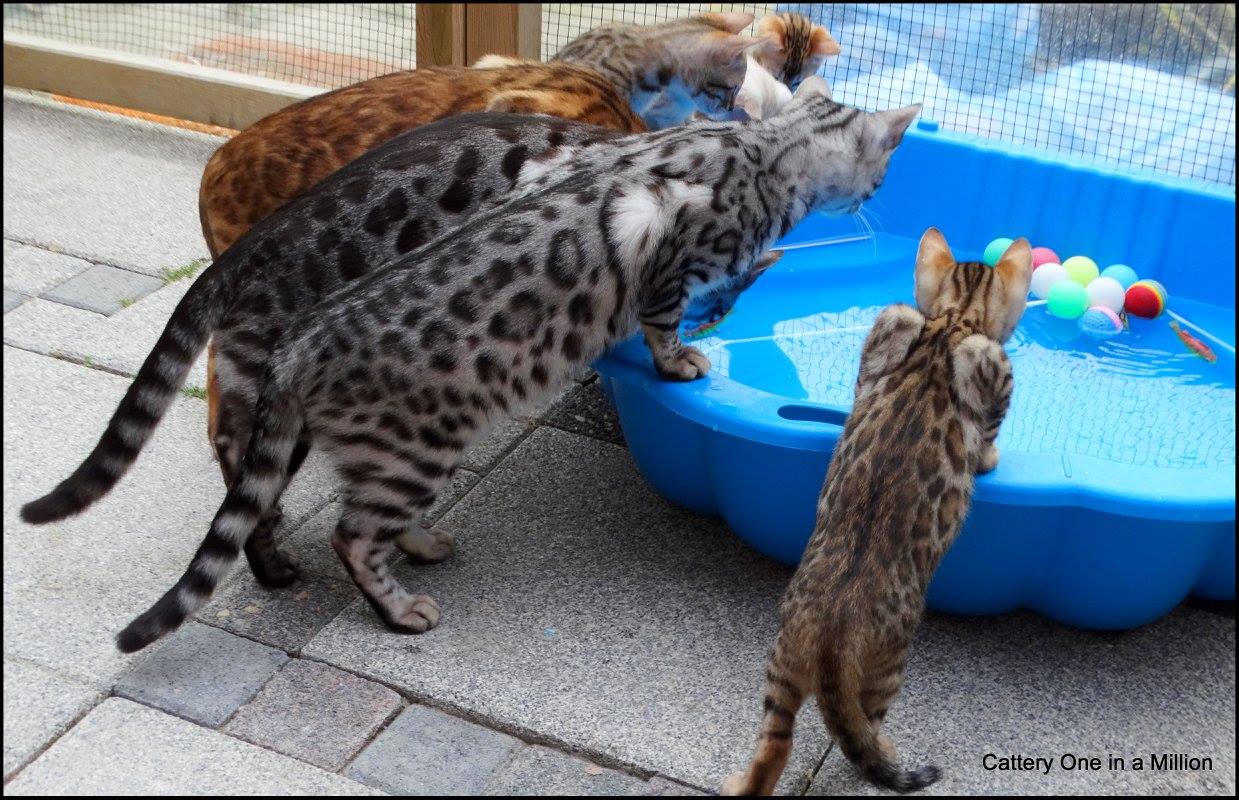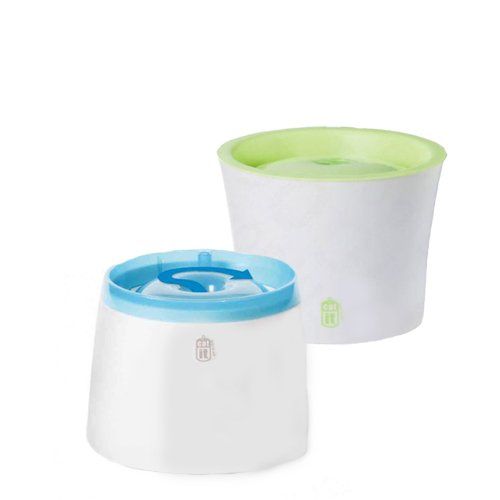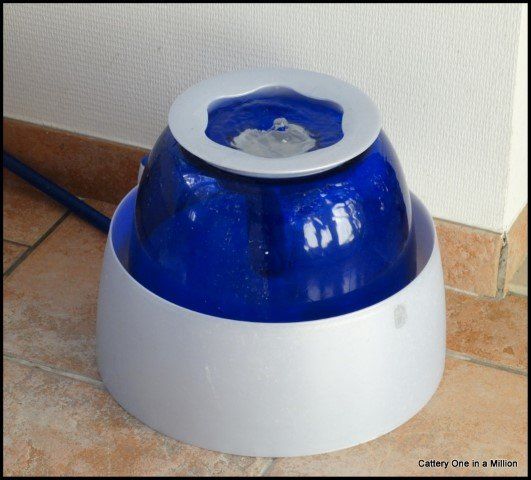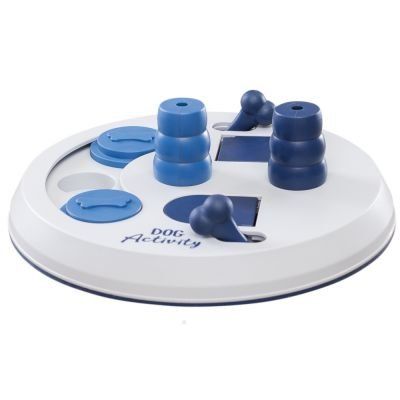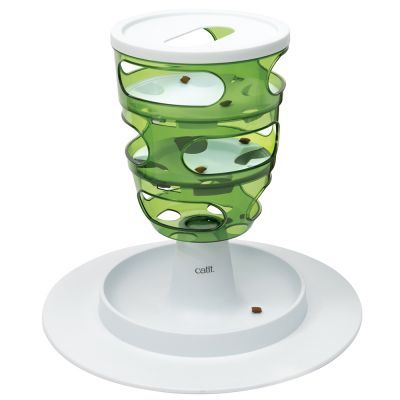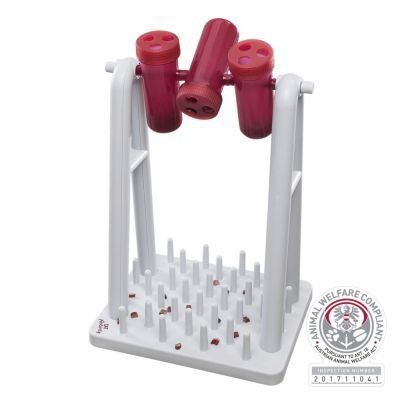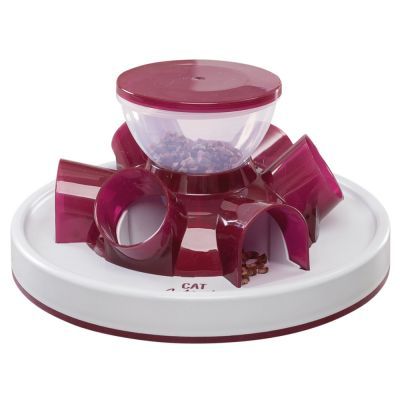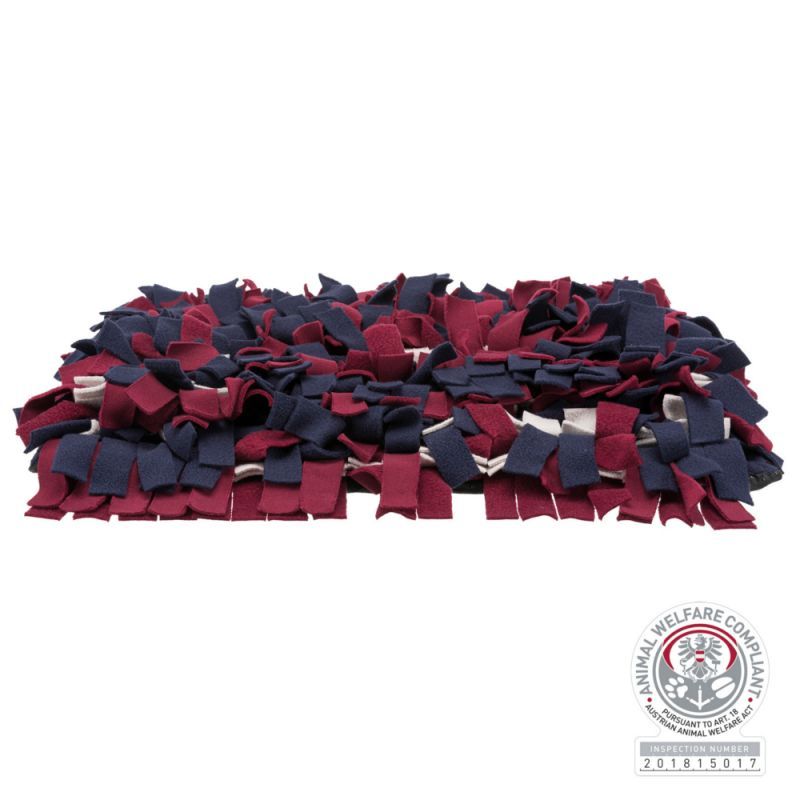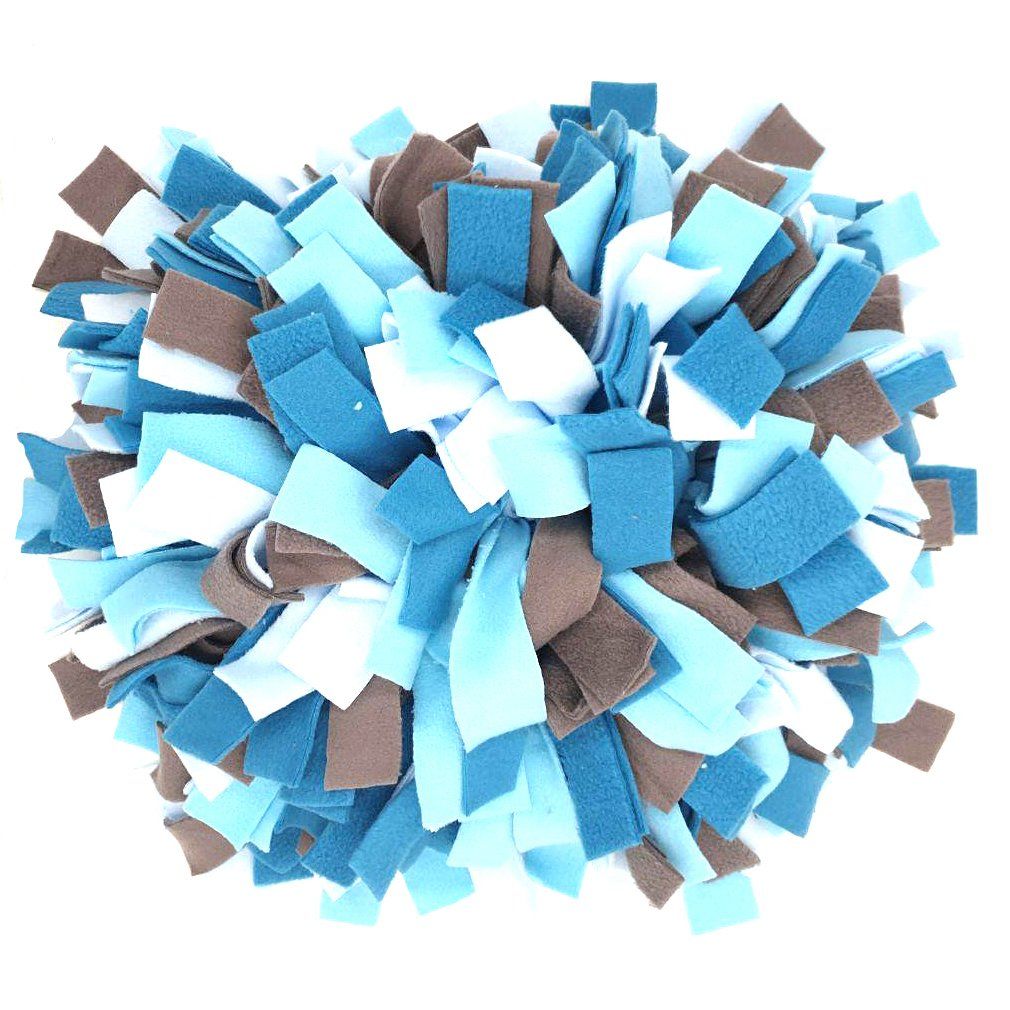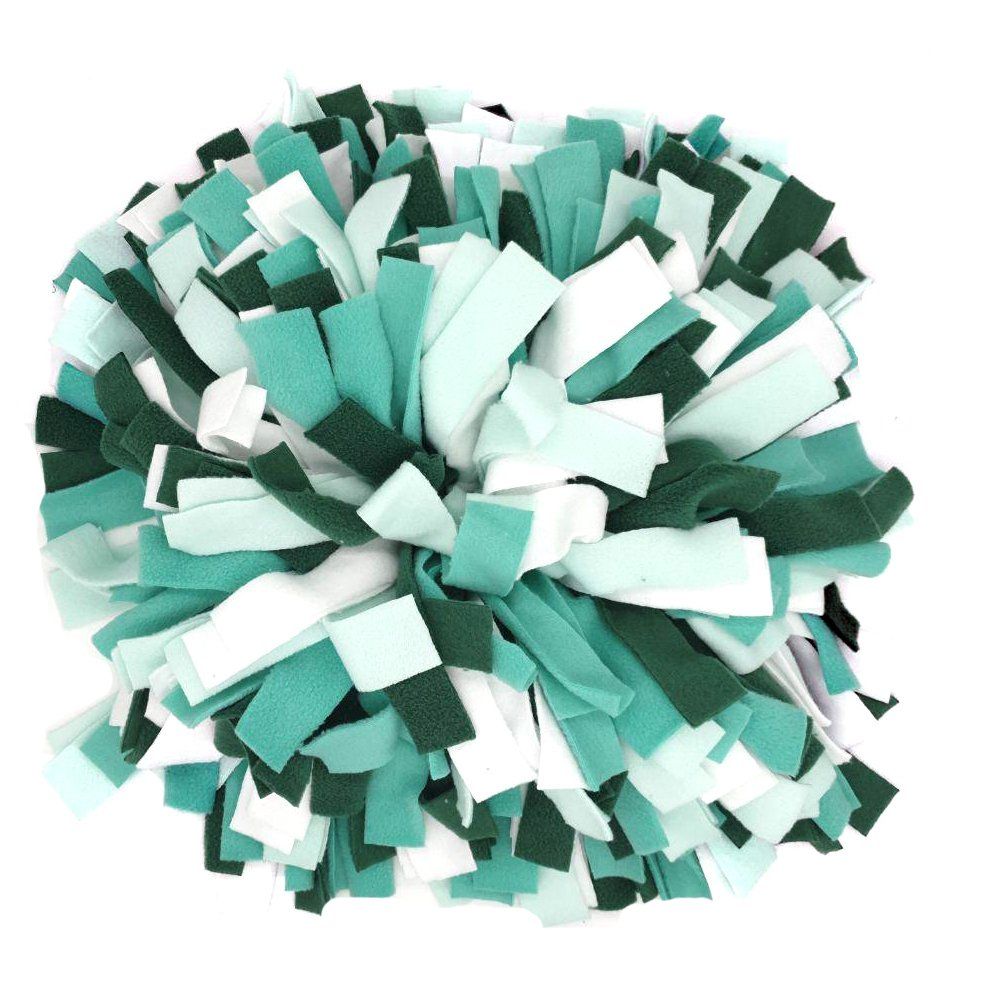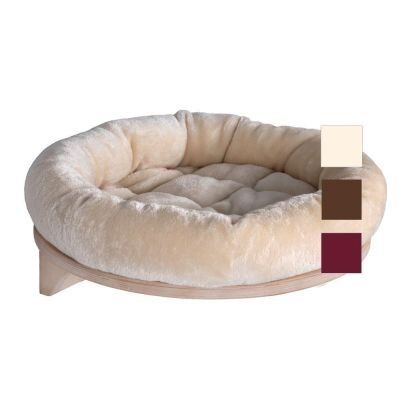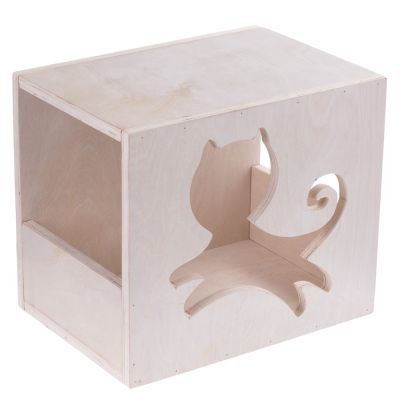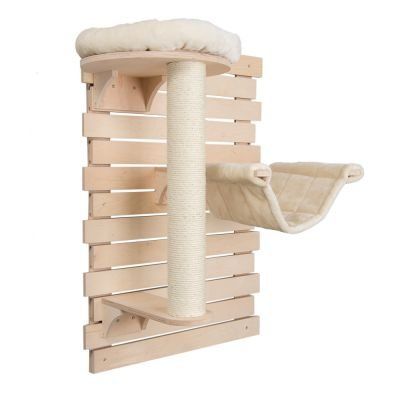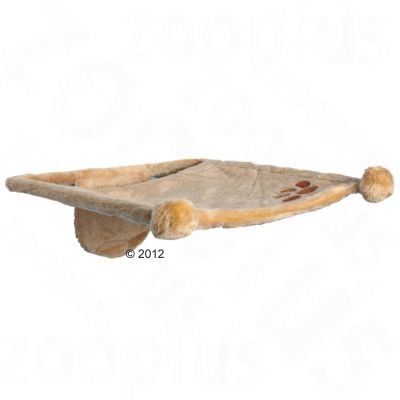Entertaining a Bengal.
A Bengal is an active cat. Most can't get away from us and are therefore crazy about everything you do. Their enormous interest and curiosity ensures that you can keep them busy in all kinds of ways. Sometimes the Bengals have so much energy that just offering toys is not enough. A playmate is often the best option, but there are also many fun things and ways of enrichment that they generally like very much.
Water Bengal and their fascination with water. You must have heard and read about it. No water/drinking trough is safe, so we have drinking fountains everywhere to avoid the biggest mess. They are often ready for drinking from the tap as soon as you walk to the sink.
How can you apply playing with water as an activity? In the summer we try to give the animals extra water to drink because of the heat and to prevent problems. This can be done in a playful way by placing a large container filled with water. A shell that is also used as a sandbox for children is ideal. By throwing in (water-resistant) toys, straws and balls, they are challenged to fish the toys out of the water, so that the paws get wet - and thus cool. Under supervision, robo fish are also super fun. (children's toy that “swims” through the water). The moving fish are irresistible. However, the fins of the rubber fish come off when they play with it, so watch out!
Feeding Games In the wild, a cat is engaged in traveling great distances. The cat is mainly focused on looking for food. Hunting and exploring the environment keeps the cat busy for hours. Because an indoor cat is normally only offered food in a bowl and in a place known to the cat, this daily challenge is missing. Nowadays there are fun ways to make the cat work for its food or for a reward/snack. This method of feeding is also recommended for cats that gobble up all their food in one sitting. Often followed by the vomiting of the just eaten meal. The games force them to eat slowly and stop/reduce spitting. There are different types of feeding games available. Dry food can be offered in feed towers, so that the cat has to fish out a chunk before it can be eaten. There are also fun games where the cat is challenged to look for treats. Nice examples of this are Trixie Cat Activity Fun Board cat toys & Trixie Cat Toys Cat Activity Tunnel Feeder from the videos below. The other feeding games shown are also a fun challenge for the cat. Clicking on the pictures will take you straight to the relevant store.
The sniffing mat A sniffing mat is a mat that usually consists of fleece material. The often knotted mat has upright pieces of fabric between which candies or other dry cat food can be hidden. The cat is challenged to search the mat in search of the reward. It is also fun to make a sniffing mat yourself, see a nice example in the video.
Cat running wheel The way to give the cats the necessary exercise, even if you don't have the time to play with them all day. Bengals love to walk or even run in the cat wheel. Some do it almost a whole day and walk many kilometers a day, which is also good for their condition. There are different types of wheels for cats available. When purchasing or building one yourself, make sure that the diameter of the wheel is large enough for the cat's back. It should be no less than 120/125 cm in diameter. This keeps your back straight and prevents problems in the future. Young and old they all find it a great activity. We ourselves have had 2 variants of cat wheels. 1 One Fast Cat (first series) this wheel was obviously used by the cats but I didn't think it was safe. When actively using the wheel, the wheel regularly fell off the base, which can lead to a dangerous situation. Especially when there are small kittens hopping around at that moment. The other wheels come from a private individual who offers them / makes them via Marktplaats. These wheels are affordable. However, the wheels I ordered broke relatively quickly a few years after the 1st time. The foot broke off the base due to the movement. At the moment I am still in doubt whether I will go for this variant of wheels again. In total I have now had 6 of this variant.
Training a Bengal Something you probably won't immediately think of, but what is certainly possible with a cat is training a cat. Teaching tricks or positive behavior is possible with almost every cat. A cat won't just do something if they don't like it themselves. Training can therefore also have a positive effect when you have to administer medication at a later time or visit a vet or specialist. The cat is already used to the act and will see this as something positive. In addition to being physically active, training is a mental challenge. Training can be done with both young and older animals, but must of course always be built up slowly. In adult animals it generally takes a little longer. It is especially important to find out what your cat likes. Treats or kibble are ideal, but if your cat doesn't like to eat or likes it, but likes to get a hug, that's also a great alternative. By training you reward a certain act or behavior that the cat shows. We already do a number of things automatically. Think of opening a door when the cat is looking at it. The cat understands that the act of looking means opening the door. Various options and step-by-step plans can be found online regarding the training of cats. The basis is always positively rewarding an action of the cat. If you keep repeating this, the cat will learn what is expected. Clicker training is used for training. By teaching the cat that hearing a click is positive by offering a treat, eventually only hearing the click will suffice. Rewarding with a candy is always allowed, but too much is never good. Below are some nice videos about training and applying clicker training. One of the first simple things to learn is to fetch toys. Earendil and our former breeding females Magic and Jill loved this.
Heights Bengals (and cats in general) like to lie on heights. In this way they have an overview and can keep a close eye on everything. In tense situations, it is also a safe place to flee to. By adapting the cat's living space to the need to reach high places, you also give the cat an extra challenge. Climbing and clambering is something they love to do. This applies to the indoor living environment, but of course also to an outdoor run or balcony if it is cat-proof. There are various wall shelves that can be placed at various heights. You can also find various scratching posts online and you can make it as crazy as you want in that regard. We have also used a nice and relatively cheap alternative to let the cats climb up the wall. Namely carpet on the wall!.. We have (in our previous house) made a strip with carpet on a narrow wall. For this we used thin wooden plates on which we glued low-pile carpet with carpet glue. Once dry, we attached it to the wall with strong rings to prevent it from tearing. We finished the sides with U-profiles available in the hardware store. The advantage of this was that a part can be replaced when it was necessary due to the frequent use. Super fun and it doesn't take up any space on the floor, so it can also be used on a narrow strip of wall.
Some examples of wall shelves. We recommend the products from the Natural Paradise series from Zooplus! By clicking on the images, we will immediately refer you to the store.


